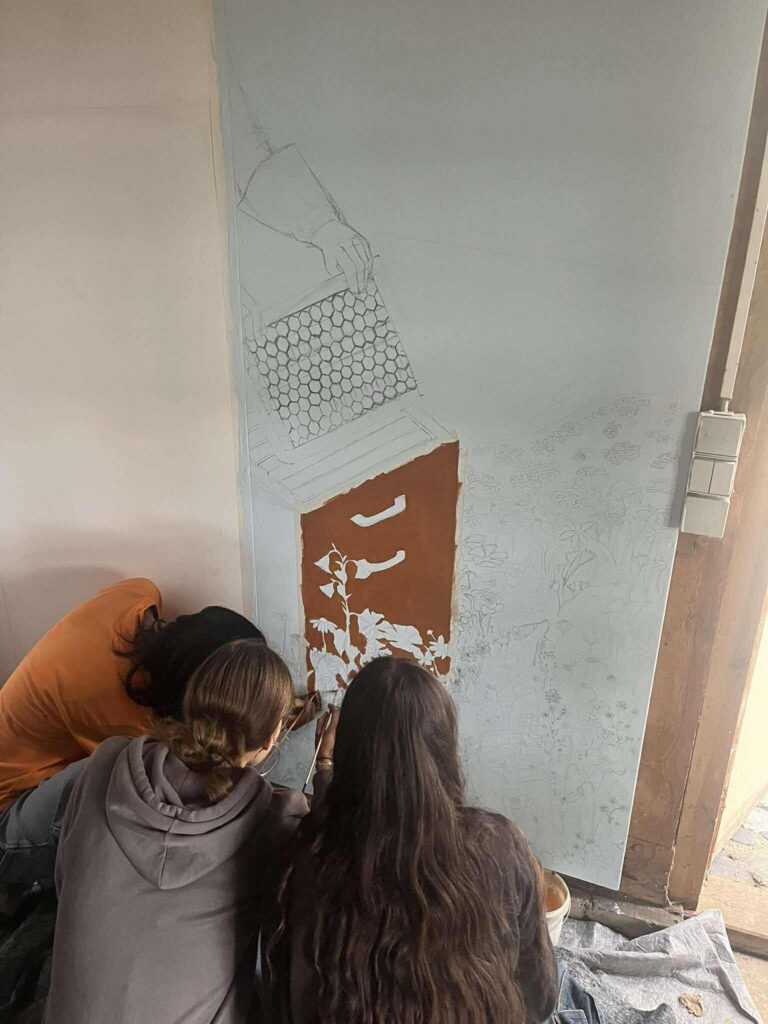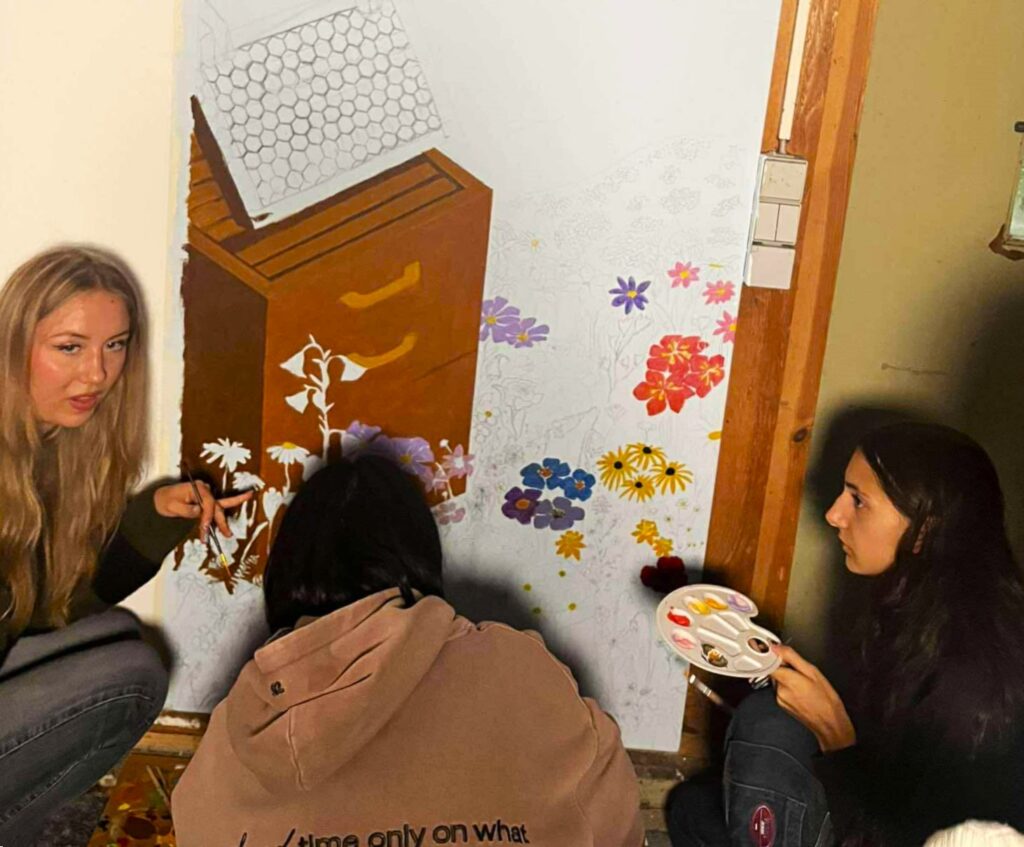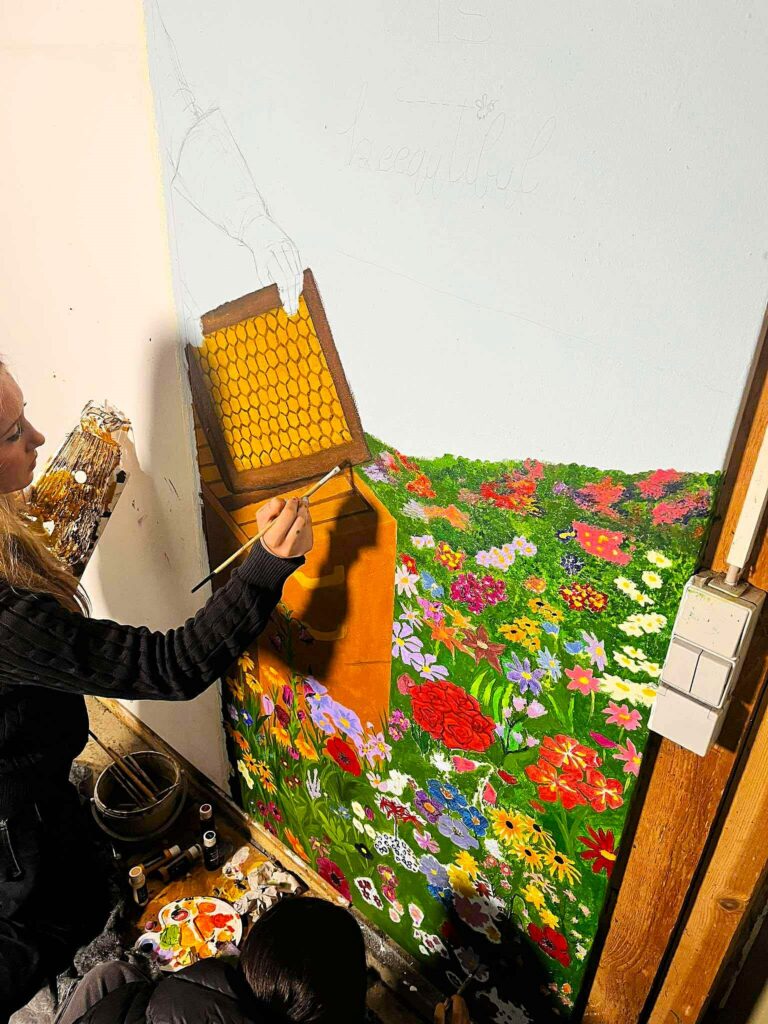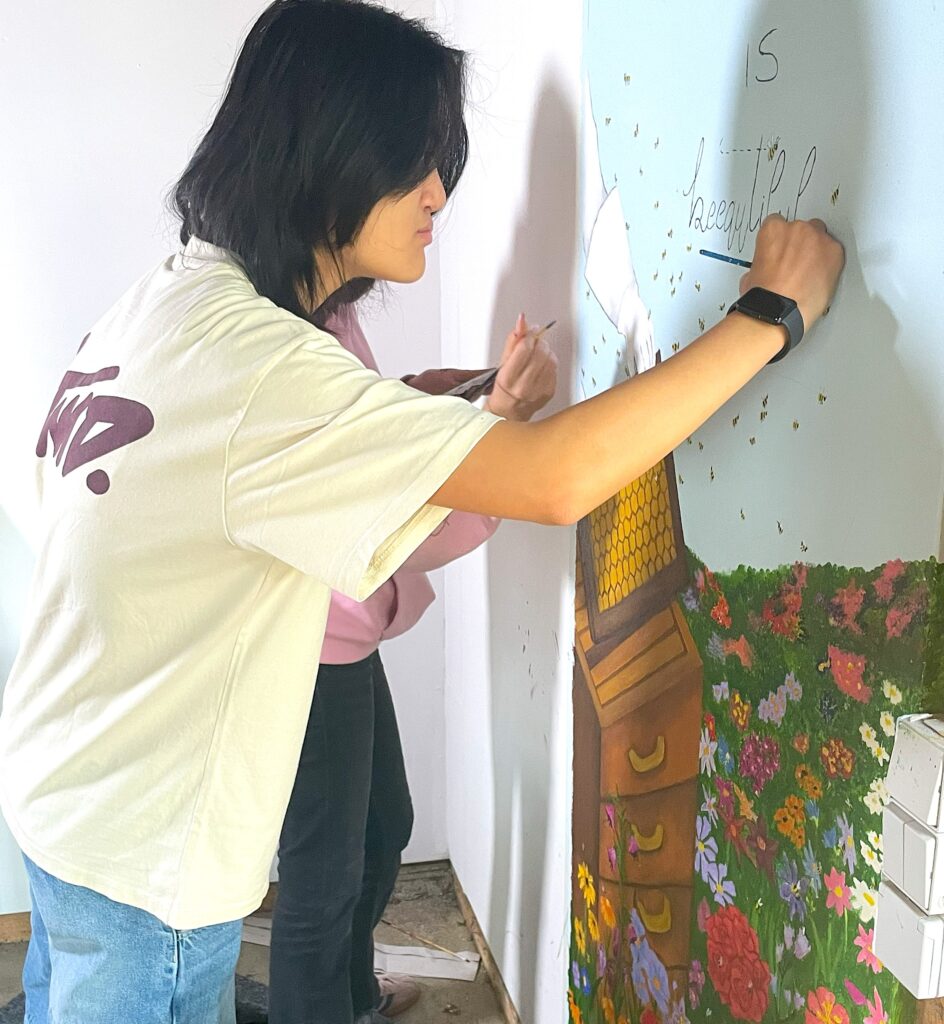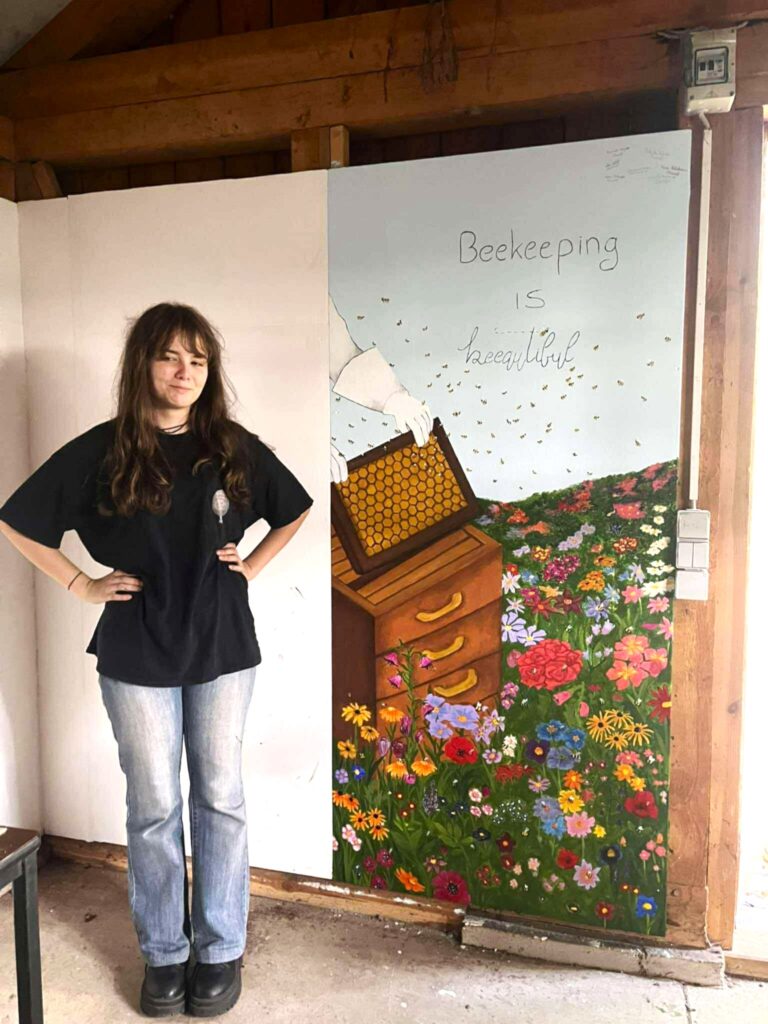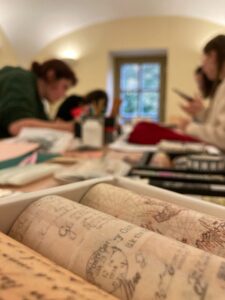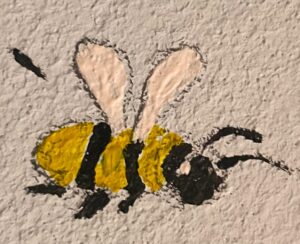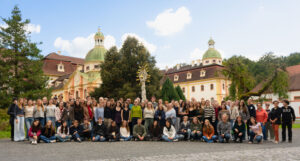by Julie Marečková
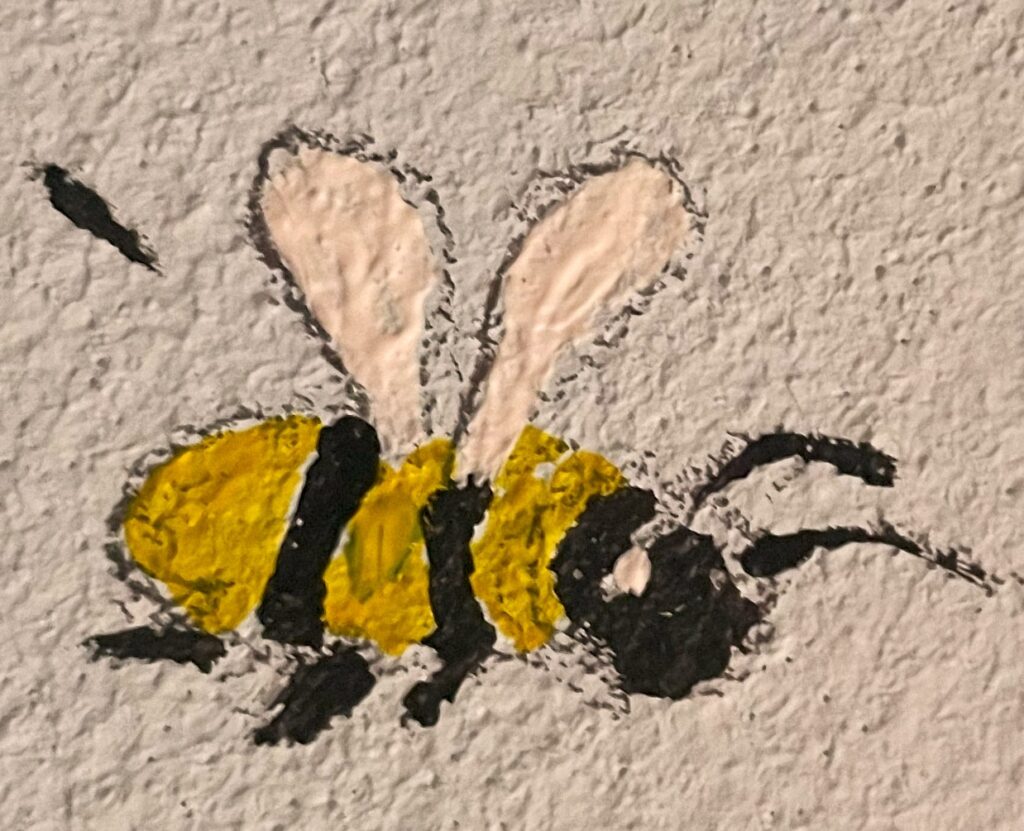
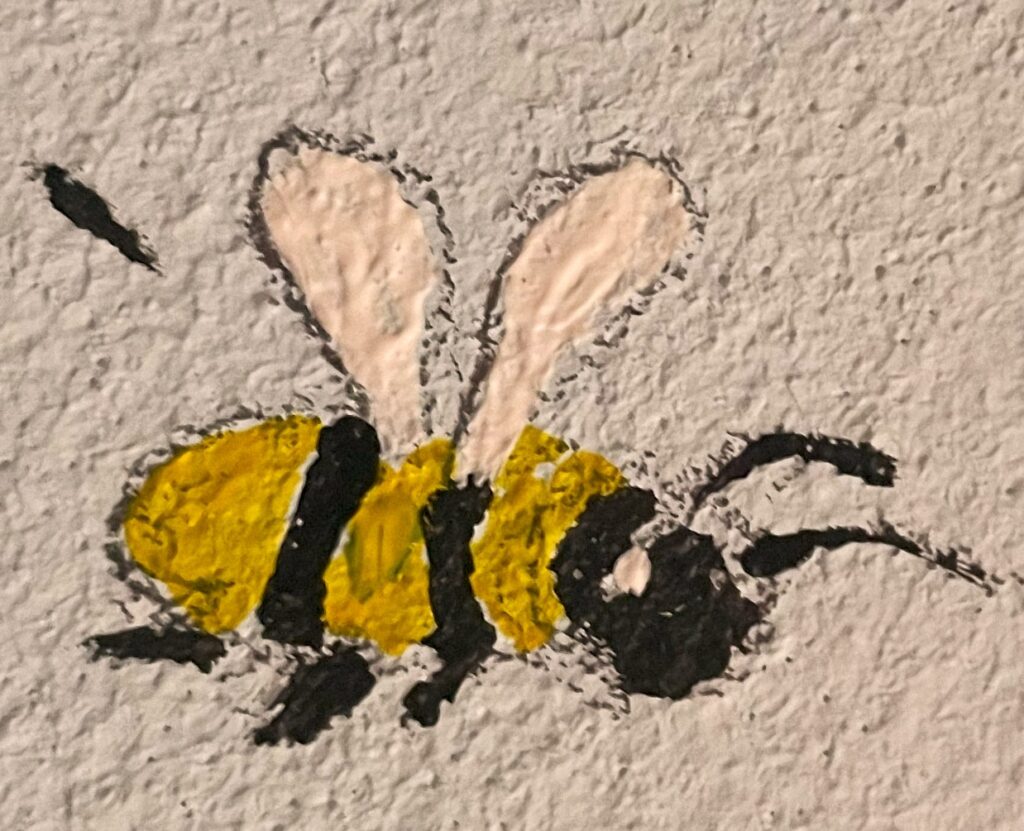
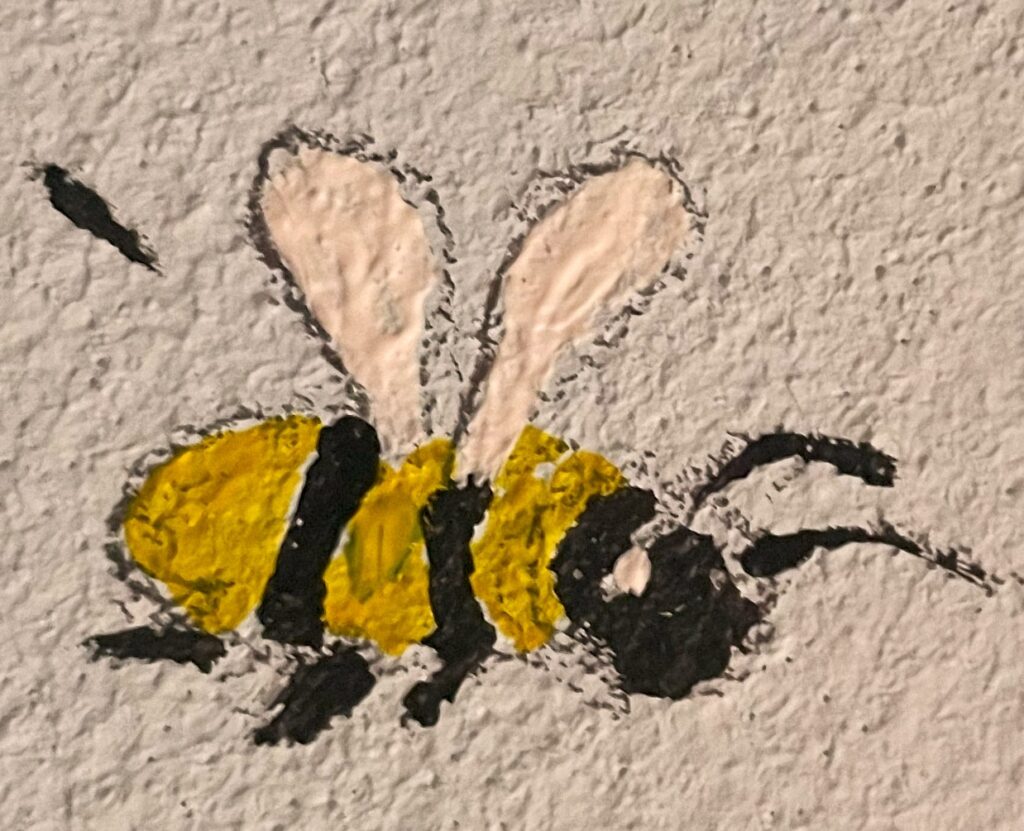
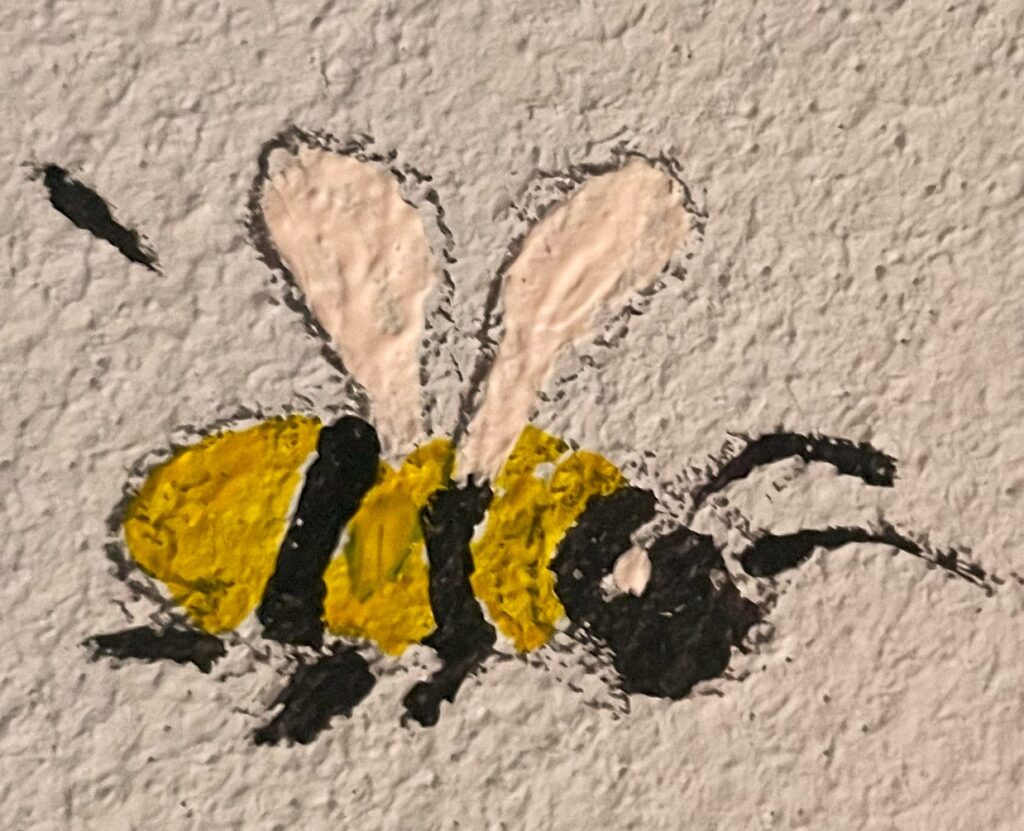
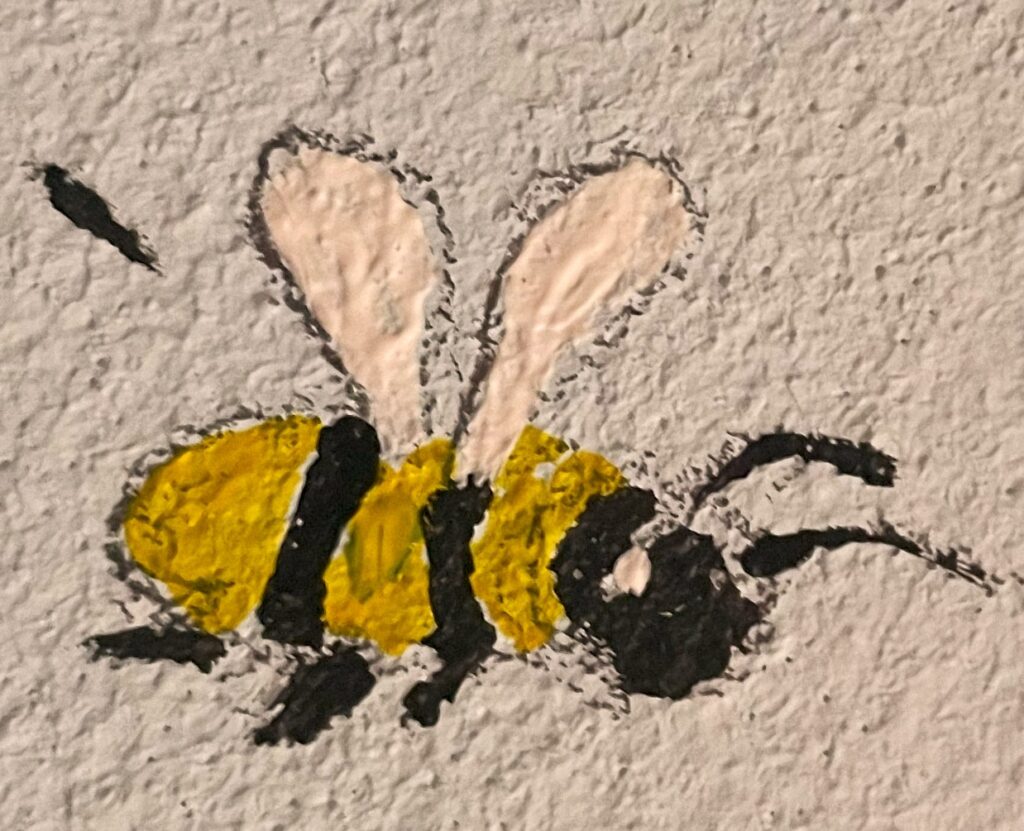
Bees. Tiny creatures buzzing around us every day, yet we tend to overlook them. Every winter, they disappear and most people don’t even notice. At first sight, they seem beautiful and fragile, flying from one flower to another and then creating sweet honey from the nectar. But behind all this, great strength and a powerful will to survive are hidden.
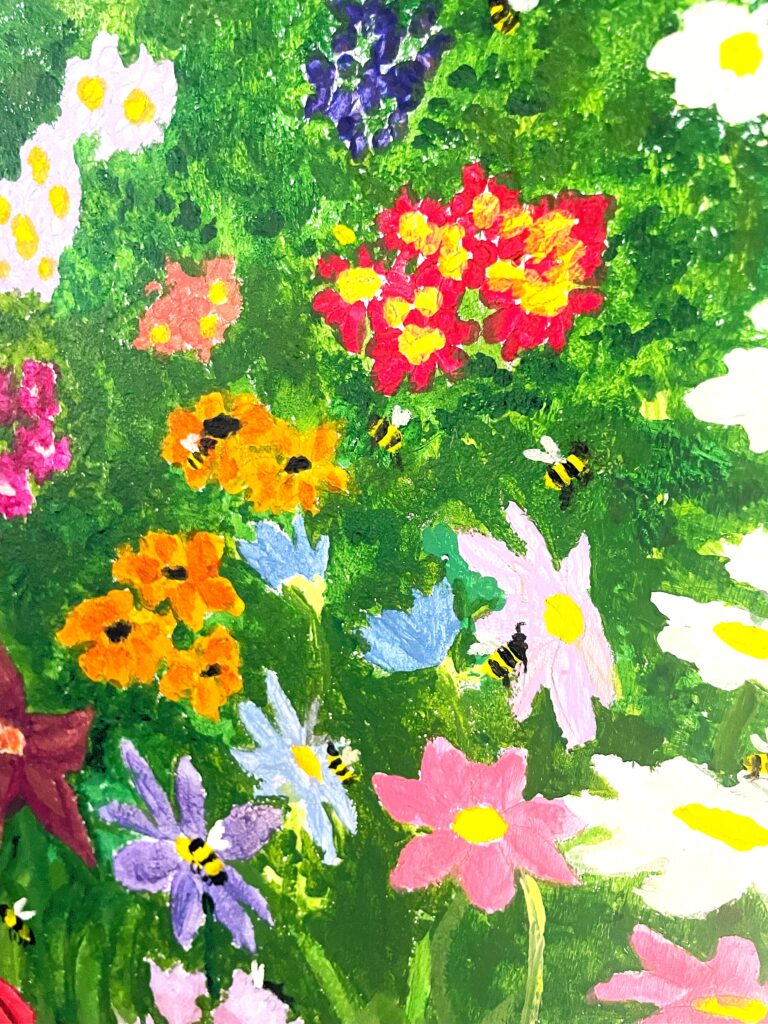
The lives of bees are not easy at all. They live in highly organised colonies, with each bee playing a specific role to keep the hive running. During the summer, they usually live between four to six weeks, working tirelessly to gather nectar, care for the young, and protect their home. No wonder there is a saying: “as busy as a bee.”
During winter, the colony slows down, and thanks to this, their life span gets longer. Bees stay inside, tightly huddled together around their queen to generate heat and keep her—and themselves—warm and alive.
But bees are fascinating not only for their organisation, hard work, and honey. They are essential for life as we know it. Without them, the ecosystem would lose its balance. By moving pollen from blossom to blossom, they help plants reproduce. This process, called pollination, provides food for humans and animals. Bees are responsible for the reproduction of over 75% of the world’s flowering plants and help produce a third of the food we eat. Without their work, a major food crisis would be unavoidable.
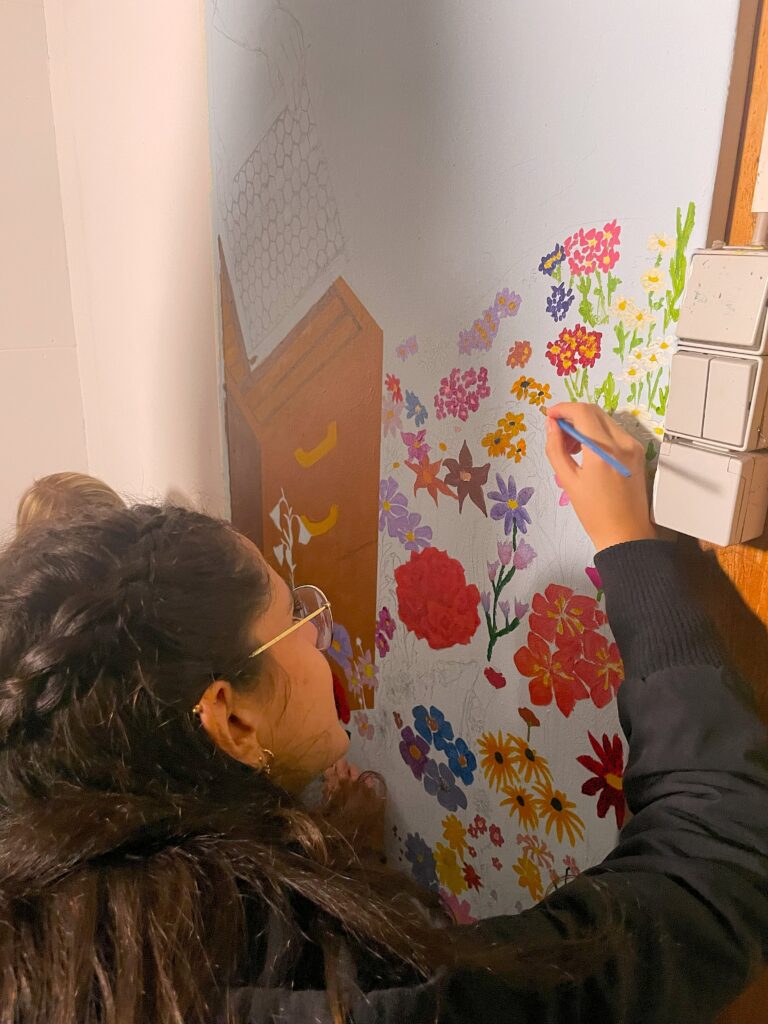
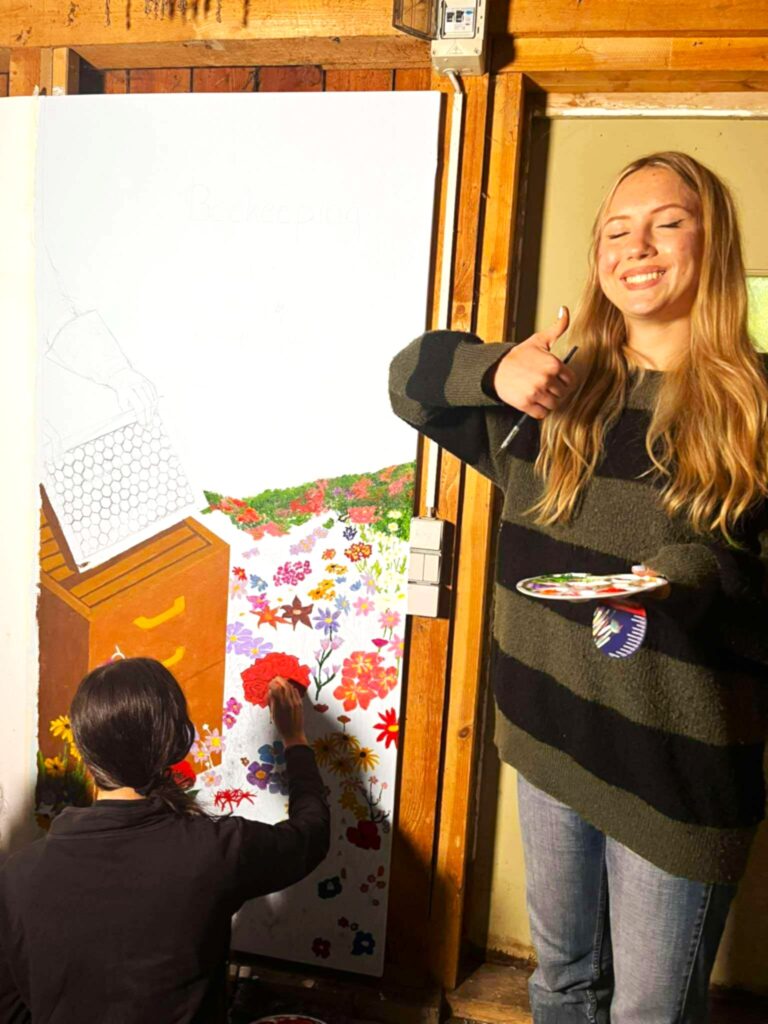
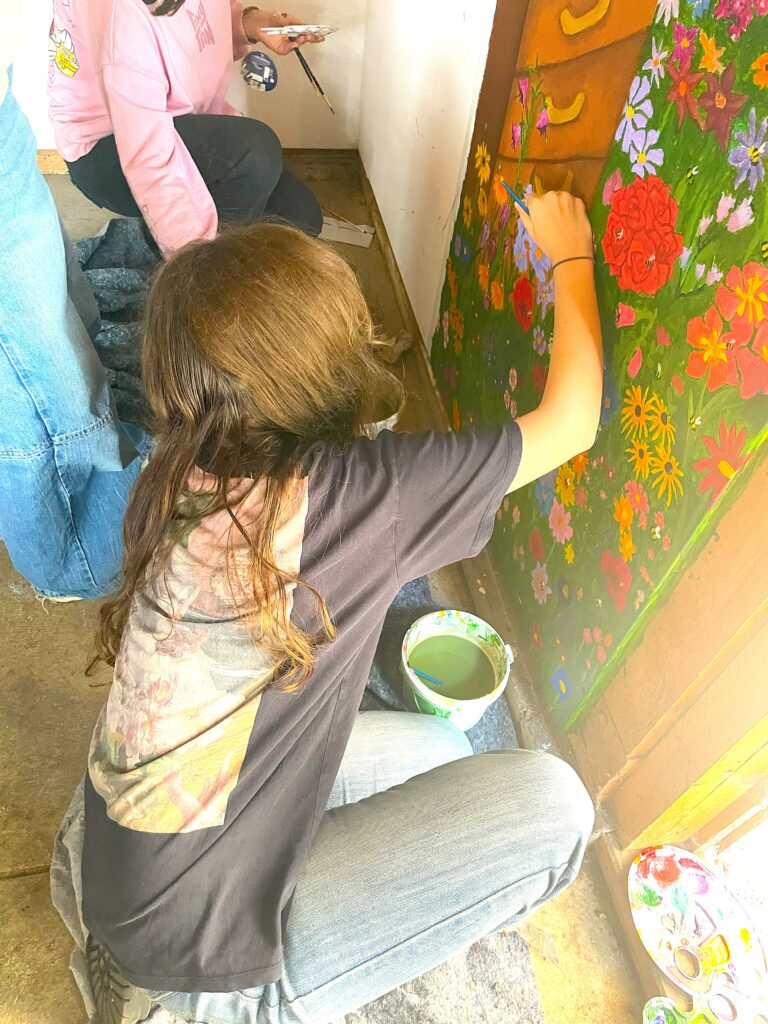
These fascinating animals inspired Michalina, leader of the art workshop here in St. Marienthal. She heard a story about a local beekeeper who had lived in a hut near Marienthal and died a few years ago. His hut is now empty, and Michalina decided to paint on its walls. Knowing very little about bees, she began searching for images and studying their biology. She generated many ideas for the “workshoppers” on how to present bees and beekeeping, ranging from each person painting their own big flower with their own bee to creating a detailed collage about beekeeping. Later, at the first workshop meeting, Michalina presented her ideas and asked everyone to sketch something as well. Together, they combined these sketches into a single vision: a beehive surrounded by bright, delicate flowers. One of these is the spider lily, also called the “flower of death.” It represents the beekeeper who once owned the hut. His things and gear are still there, arranged in a way that looks like a person sitting on a chair. Artists call this figure “The Ghost of the Beekeeper,” and believe me, it can be a bit scary—especially when it gets dark.
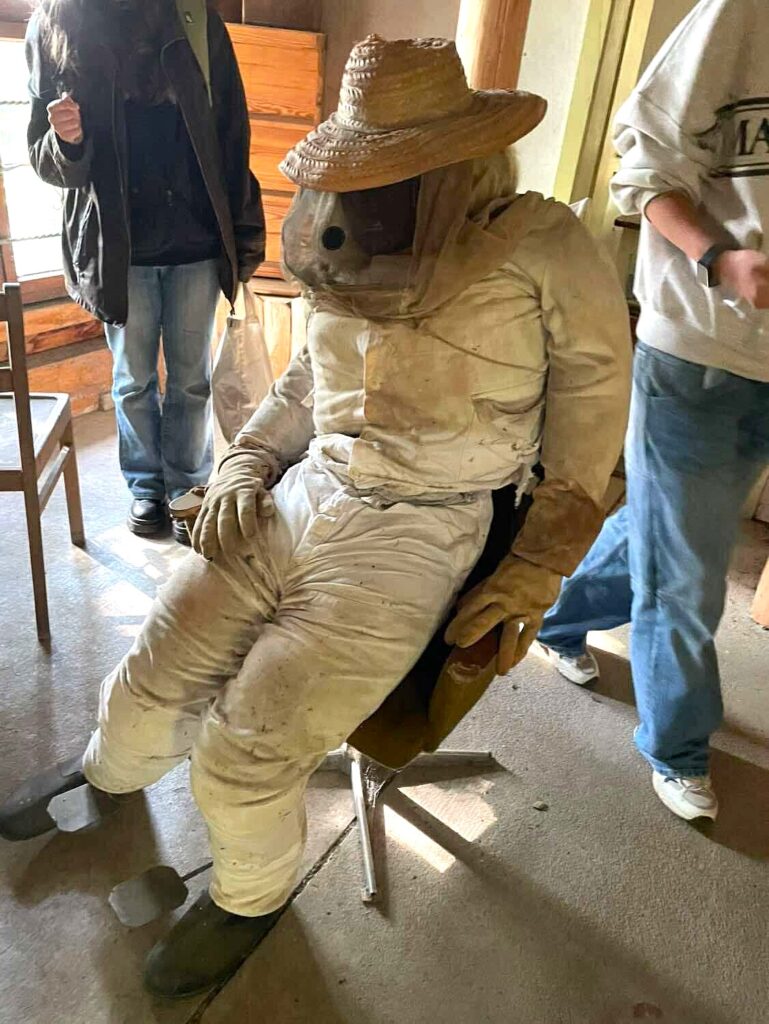
Since the hut is located in the forest quite far from the cloister, the artists have to walk there every day to work on the painting. Their piece, titled “Beekeeping is beeautiful,”focuses not only on the vitality of bees but also honors the quiet legacy of the beekeeper who once cared for them.
